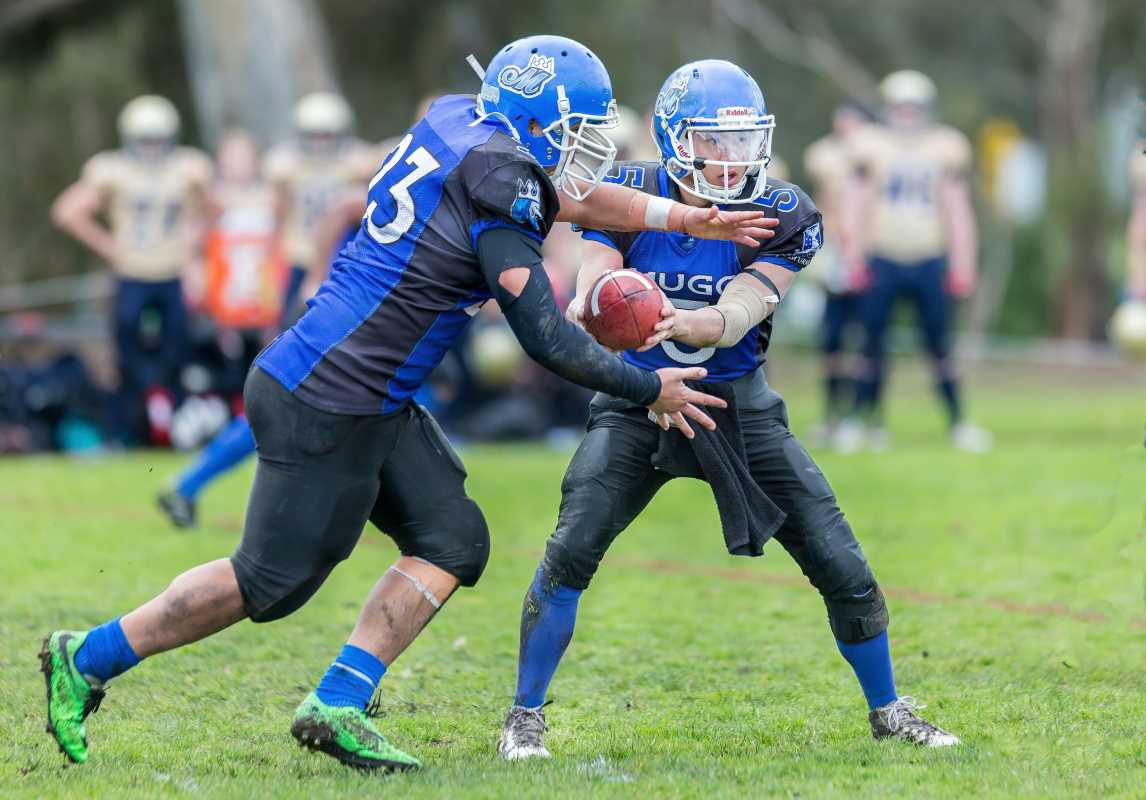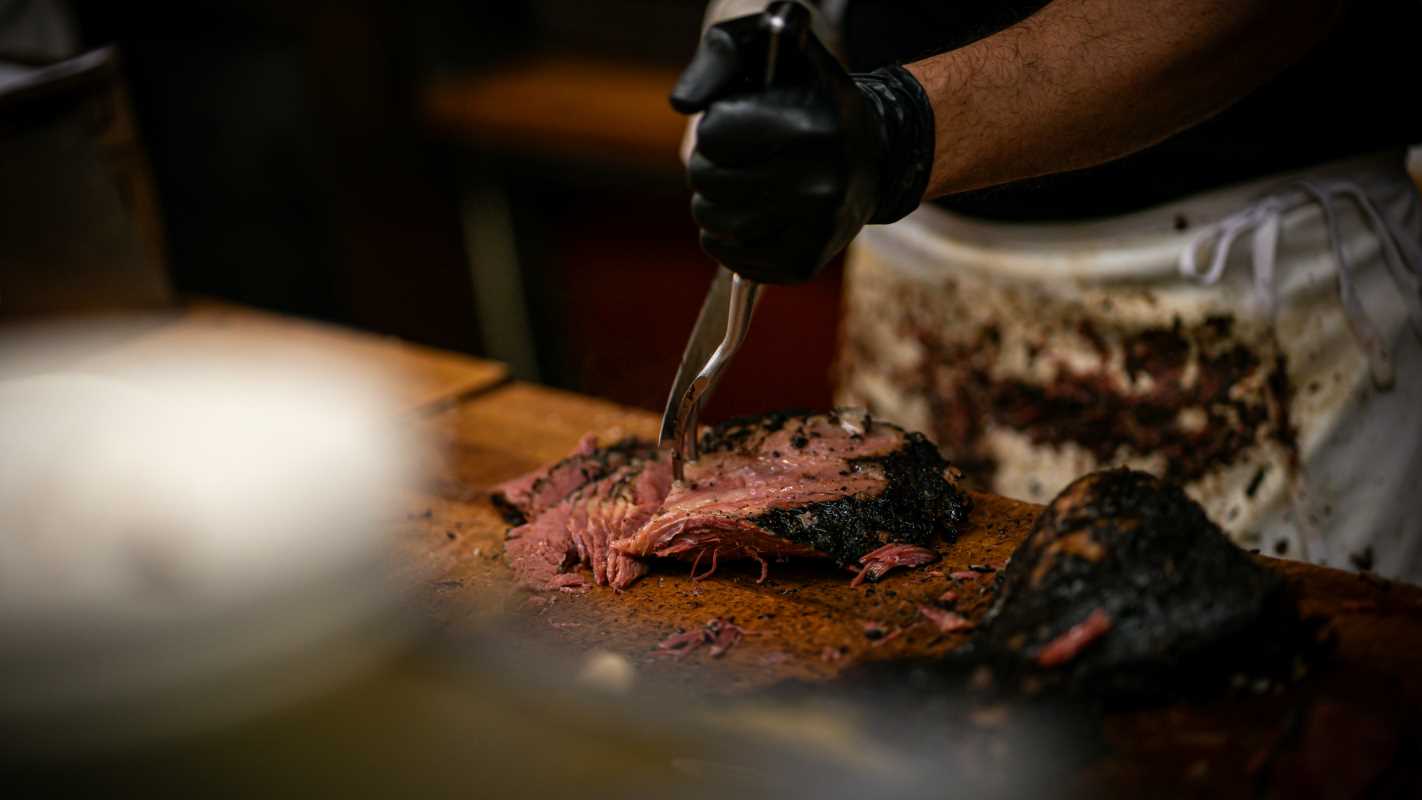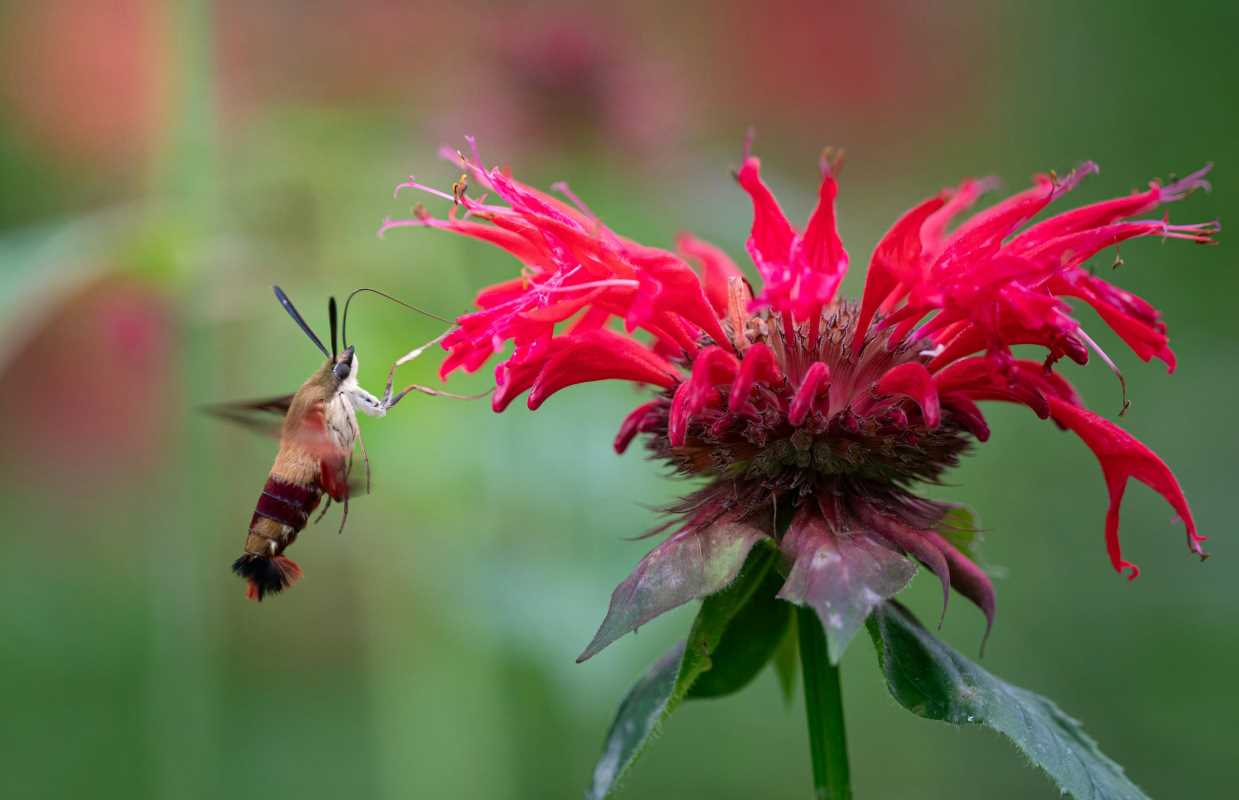Capturing the energy and motion of sports on camera brings every thrilling moment to life. Through creative photographic techniques, each split-second action and emotion becomes a lasting memory, letting you relive the excitement long after the game ends. This approach invites you to observe not just the athletes, but the stories unfolding with every movement and expression. Discover how the right timing, angles, and settings can highlight the intensity and spirit of any event. The following insights will help you develop your skills, making the journey of sports photography both enjoyable and approachable for anyone eager to dive in.
Sports photography allows you to explore unique action shots that freeze time or reveal a fluid, artistic blur. By understanding the dynamics of movement and experimenting with diverse methods, you can create images that clearly narrate the story behind every event. So, let’s jump into a hands-on guide that makes capturing these electric moments easier and more enjoyable.
Understanding Motion in Sports Photography
Photography involves capturing the precise moment when energy meets determination. In sports photography, you need to understand how motion works to produce images that are both striking and full of life. Learning about the flow of movement and timing helps your pictures depict the intensity and sheer thrill of the game.
Observe athletes in action and learn to anticipate their next move. Pay attention to how bodies shift and energy transfers within the frame to plan your shots and adjust your camera settings accordingly. This understanding enables you to experiment with both freezing moments and using creative blur effects to amplify the action.
Essential Gear and Camera Settings
Before heading out to capture those unforgettable plays, ensure you have the right equipment and settings in place. The gear you choose and the settings you use significantly influence how well your photos capture dynamic movement.
Here are some recommendations to guide your setup:
- *Canon* or *Nikon* DSLRs that offer fast autofocus and continuous shooting modes.
- A versatile zoom lens that lets you get close enough to capture detailed action.
- A sturdy tripod or monopod to keep your camera stable, especially during panning shots.
- Set your shutter speed fast enough to freeze motion or slower to create blur intentionally.
- Choose a suitable ISO setting to handle different lighting conditions during outdoor and indoor events.
These pointers help you fine-tune your camera to adapt quickly to changing conditions on the field.
Technique #1: Panning for Dramatic Motion
Panning enables you to capture a moving subject sharply while blurring the background, giving a strong sense of motion. It is one of the most enjoyable ways to add dynamism to your sports photography and works well for subjects moving at a steady pace across the frame.
Follow these steps to get the best panning shot:
- Choose a subject that moves predictably, such as a cyclist or runner.
- Set your camera to continuous shooting mode and use a moderate shutter speed.
- Follow the subject smoothly as they move, keeping the subject centered.
- Press the shutter button in sync with the movement to capture multiple frames.
- Review your shots to select one where the subject is clear and the background is nicely blurred.
Practicing this technique helps you add a storytelling layer that emphasizes the motion and emotion in the action.
Technique #2: Freezing Action with Fast Shutter Speeds
Freezing the moment in sports photography involves choosing a fast shutter speed that halts motion entirely. This technique shines when you want to capture every detail of a fast-moving subject, preserving the split-second action for further analysis and admiration.
You may need to adjust other settings such as ISO and aperture to brighten the scene adequately. Experimenting with these parameters gives you flexibility when conditions change quickly, ensuring your final shot is crisp and filled with the intensity of the game.
Technique #3: Creative Motion Blur
Creative motion blur introduces a fun twist that turns devices like fastballs and sprinting legs into a tapestry of energy on the canvas. This method uses longer exposure times to intentionally blur parts of the image while keeping a portion of the subject in focus. It transforms raw action into an expressive and sometimes abstract result.
Push your creative boundaries by mixing in intentional blur and sharp focus. This approach works wonderfully when you want to add a sense of speed and vibrancy to your images.
Technique #4: Composition Tips for Dynamic Sports Shots
Choosing the right composition helps tell the story of the game. Positioning your subject off-center can create tension and movement, inviting the viewer into the scene. Try different angles to uncover unique perspectives that showcase both the athlete and the energy of the environment. A well-planned shot uses space and contrast to drive the point home.
Balance plays a key role in every great photo. Consider the use of light and shadow, and don’t be afraid to get low or high to capture unexpected scenes. Watching background elements and avoiding clutter can dramatically improve the overall impact of your shot, letting the main subject steal the show.
This guide offers clear, practical tips for capturing motion in sports photography. Each technique allows you to experiment with settings and positioning to find what best expresses the vibrant life of the moment. The easy steps and equipment advice help turn challenging scenes into exciting, action-packed images.
Your passion for sports photography will show in every shot and capture the excitement of each moment. With practice and creativity, your photos will invite viewers to relive the intensity of the competition.







